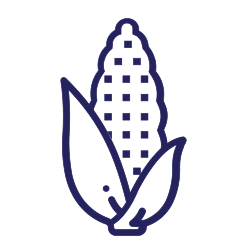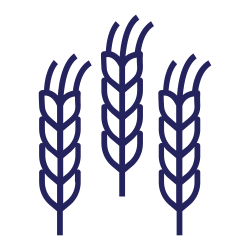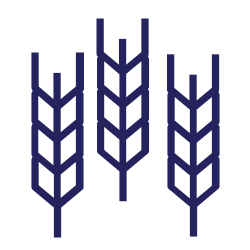Related Production Resources

Hybrid selection in corn can be difficult. Seed companies provide an abundance of information on specific traits, but all this information can be overwhelming during the selection process. This document can be used as a supplemental resource during hybrid selection,… Read More

We are nearing the end of another season. However, there are still decisions to be made that can help set the farm up for success in the following year. In addition to evaluating decisions made throughout the year, we can… Read More

Unstable weather in Manitoba springs often yields severe storms producing hail. There is a major benefit of spring hail over summer/fall hail events, which is the ability of a crop to recover and have very little yield impact. There is… Read More

Bt corn varieties resistant to European corn borer will contain one or more Bt proteins, each of which are toxic to European corn borer in their unique ways. In Bt corn, these proteins go by names such as Cry1F, Cry1Ab,… Read More

The 2022 growing season had varied precipitation accumulation across the province, not only due to heavy spring flooding but throughout the season. In late October, the Available Water Holding Capacity was measured from 0 – 120 cm depth in over… Read More

This study looks at the ability to increase or decrease planting populations from what the farmer normally does, in order to improve yields. Management practices can be changed with improved hybrid availability, including changing planting populations in grain corn. 22… Read More

The most common reason for uneven corn emergence is soil moisture. Soil moisture in the seed zone can differ because of variations in soil type and topography, as well as uneven distribution of moist and dry soils due to secondary… Read More

Late season insect pests will begin feeding in the very late vegetative growth stages, all the way up to the reproductive dent stage (R5), when the grain is more starch than milk. Read More

Corn development is categorized into vegetative and reproductive stages. Reproductive growth refers to all development that determines kernel number and size. The reproductive stage is broken down into subdivisions, identified numerically. Read More
Related Research Projects
Manitoba Crop Alliance’s research program invests in research that will make every Manitoba farmer member more productive and sustainable, providing data to help members make decisions for their operations.





